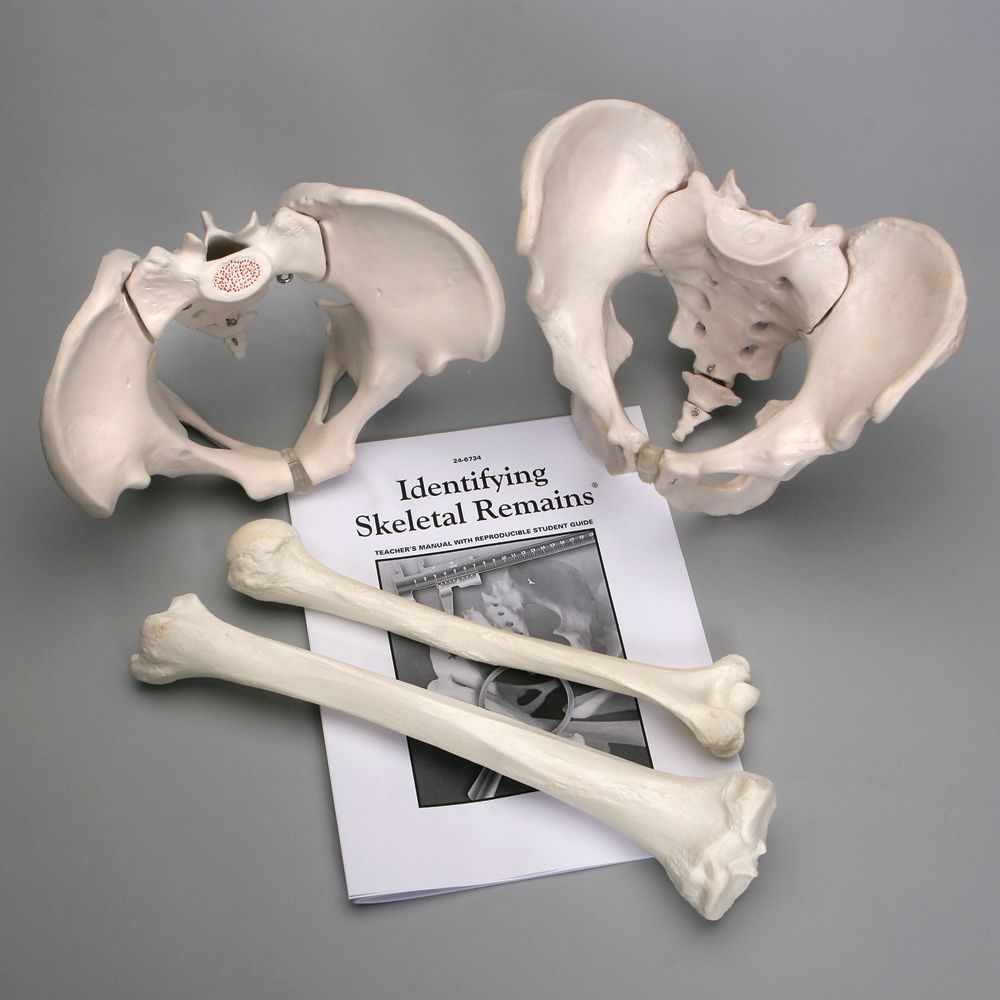3D Modeling Career Opportunities: Professional Roles That Benefit from Advanced Skills
The growth demand for 3d modeling professionals
3d modeling has evolved from a specialized skill to an essential capability across numerous industries. As technology advances and digital transformation accelerates, professionals with 3d modeling expertise find themselves in high demand across diverse sectors. Understand which career paths benefit about from these skills can help you make informed decisions about your professional development.
The versatility of 3d modeling make it valuable in fields range from entertainment and gaming to architecture and manufacturing. Companies progressively rely on three-dimensional visualization to communicate ideas, prototype products, and create immersive experiences for customers and stakeholders.
Entertainment and media industry opportunities
Visual effects’ artist
Visual effects artists create stunning digital environments and characters for movies, television shows, and stream content. This role requires expertise in model realistic objects, creatures, and environments that seamlessly blend with live action footage.VFXx artists work with industry standard software to create everything from explosive action sequences to subtle environmental enhancements.
Career prospects in visual effects remain strong as the entertainment industry continue to expand. Streaming platforms produce more original content than always ahead, create consistent demand for skillVFXvfx professionals. The role offer creative fulfillment alongside competitive compensation, specially for those who develop expertise in specialized areas like character modeling or environmental design.

Source: rmu.edu
Game developer and designer
The gaming industry relies intemperately on 3d modeling for character creation, environment design, and asset development. Game developers use 3d modeling skills to create immersive worlds that engage players and support compelling gameplay mechanics. This fielencompassesss various specializations, from character artists who focus on create memorable protagonists to environment artists who build expansive game worlds.
Mobile gaming growth has created additional opportunities for 3d modeling professionals. As mobile devices become more powerful, games progressively incorporate sophisticated 3d graphics that require skilled artists to optimize models for different platforms and performance requirements.
Animation studio roles
Animation studios employ 3d modelers to create characters, props, and environments for animate films and series. These professionals work intimately with directors and story teams to bring creative visions to life through detailed 3d assets. The role require both technical proficiency and artistic sensibility to create models that support narrative goals while meet production requirements.
The animation industry has expanded beyond traditional studios to include advertising agencies, educational content creators, and corporate communications teams. This diversificatiocreateste more opportunities for 3d modeling professionals to apply their skills in varied contexts.
Architecture and construction applications
Architectural visualization specialist
Architectural visualization specialists use 3d modeling to create photorealistic renderings of propose buildings and spaces. These professionals help architects, developers, and clients visualize projects before construction begin, facilitate better decision-making and more effective communication with stakeholders.
The role combine technical modeling skills with understanding of architectural principles, lighting, and materials. Specialists oftentimes work on diverse projects, from residential developments to large commercial complexes, create both exterior and interior visualizations that help sell concepts and secure project approvals.
Urban planning and development
Urban planners progressively use 3d modeling to visualize propose developments within exist cityscapes. This application will help communities understand how new projects will impact their neighborhoods and will allow planners to will identify potential issues before construction begin.
The integration of 3d modeling with geographic information systems create powerful tools for urban development. Professionals who combine 3d modeling skills with knowledge of urban planning principles find opportunities with government agencies, consult firms, and development companies.
Manufacturing and product development
Industrial designer
Industrial designers use 3d modeling to develop new products and improve exist ones. This role involves create detailed models that can beusede for prototyping, manufacturing planning, and marketing materials. Industrial designers work across various sectors, from consumer electronics to automotive components.
The rise of 3d printing has make 3d modeling skills yet more valuable in industrial design. Designers can rapidly create physical prototypes from their digital models, accelerate the product development process and enable more iterative design approaches.
Mechanical engineer
Mechanical engineers use 3d modeling for component design, assembly planning, and performance analysis. Modern engineering workflows rely intemperately on 3d cad software to create precise models that can be tested most before physical production begin.
This application of 3d modeling require understanding of engineering principles, materials science, and manufacturing processes. Engineers who master 3d modeling tools can communicate designs more efficaciously and identify potential problems betimes in the development process.
Healthcare and medical applications
Medical visualization specialist
Medical visualization specialists create 3d models from medical imaging data to help doctors plan surgeries and explain conditions to patients. This specialized field combine 3d modeling skills with medical knowledge to create accurate representations of anatomical structures.
The role support various medical specialties, from orthopedic surgery planning to patient education materials. As medical imaging technology advances, demand grow for professionals who can translate complex data into understandable 3d visualizations.
Biomedical device development
Companies develop medical devices use 3d modeling for product design and regulatory submissions. This application require understand both 3d modeling techniques and medical device regulations to create models that support product development and approval processes.
Emerge technology sectors
Virtual and augmented reality developer
VR and AR applications rely on 3d models to create immersive experiences. Developers in this field use 3d modeling skills to create virtual environments, interactive objects, and user interface elements that work efficaciously in three-dimensional space.
To expand applications of vVRand aARtechnology create diverse opportunities for 3d modeling professionals. From training simulations to retail experiences, companies across industries are eexploredhow immersive technologies can enhance their operations and customer engagement.

Source: siasat.com
3d printing specialist
3d printing specialists prepare digital models for physical production use additive manufacturing technologies. This role requires understand both 3d modeling principles and the specific requirements of different printing technologies and materials.
The growth accessibility of 3d printing technology create opportunities in various sectors, from custom manufacturing to educational applications. Specialists who understand how to optimize 3d models for printing can work with manufacturers, service bureaus, or as independent consultants.
Marketing and advertising roles
Digital marketing specialist
Marketing professionals use 3d modeling to create compelling product visualizations and interactive content. This application help brand showcase products more efficaciously and create memorable advertising campaigns that stand out in crowded markets.
The integration of 3d content with social media platforms and web technologies create new opportunities for marketing professionals with 3d modeling skills. Brands progressively seek ways to create engage, interactive content that capture audience attention and drive conversion.
Brand visualization designer
Brand designers use 3d modeling to create consistent visual identities across digital and physical touchpoints. This role involves develop 3d assets that support brand message and canbe adaptedt for various applications, from packaging design to digital experiences.
Freelance and entrepreneurial opportunities
3d modeling skills support various freelance and entrepreneurial ventures. Independent professionals can offer specialized services to clients across industries, from architectural visualization to product design. The global nature of digital work allow skilled 3d modelers to serve clients worldwide.
Online marketplaces for 3d assets create opportunities for artists to sell models, textures, and other digital products. Successful creators can build sustainable businesses by develop popular asset libraries that serve specific market needs.
Salary expectations and career growth
Compensation for 3d modeling professionals vary importantly base on industry, location, and specialization. Entry level positions typically offer competitive starting salaries, with substantial growth potential as professionals develop expertise and build portfolios.
Senior 3d modeling professionals frequently advance to leadership roles, oversee teams of artists and manage complex projects. Some professionals transition to related roles like creative direction or technical supervision, leverage their 3d modeling foundation to take on broader responsibilities.
Skills development and continuous learning
Success in 3d modeling careers require ongoing skill development as software tools and industry standards evolve. Professionals must stay current with new technologies while deepen their expertise in choose specializations.
The virtually successful 3d modeling professionals combine technical proficiency with strong communication skills and business understanding. They can translate client need into effective 3d solutions while manage projects expeditiously and build last professional relationships.
Portfolio development remain crucial for career advancement in 3d modeling fields. Professionals must endlessly create new work that demonstrate their capabilities and stay current with industry trends and client expectations.



